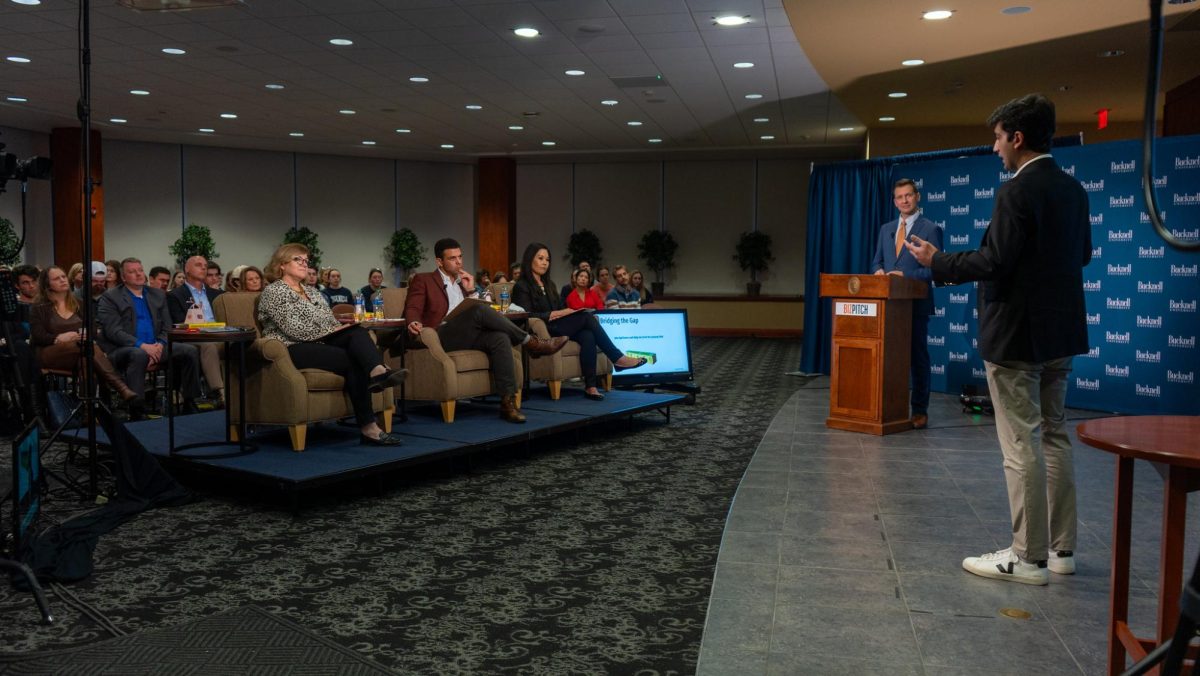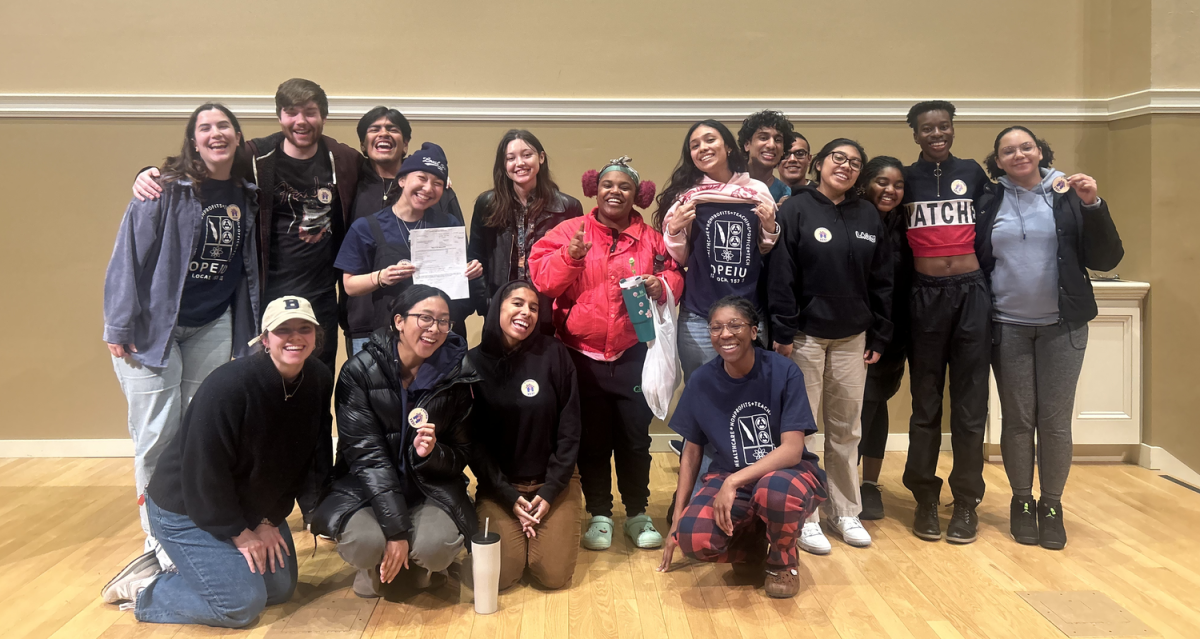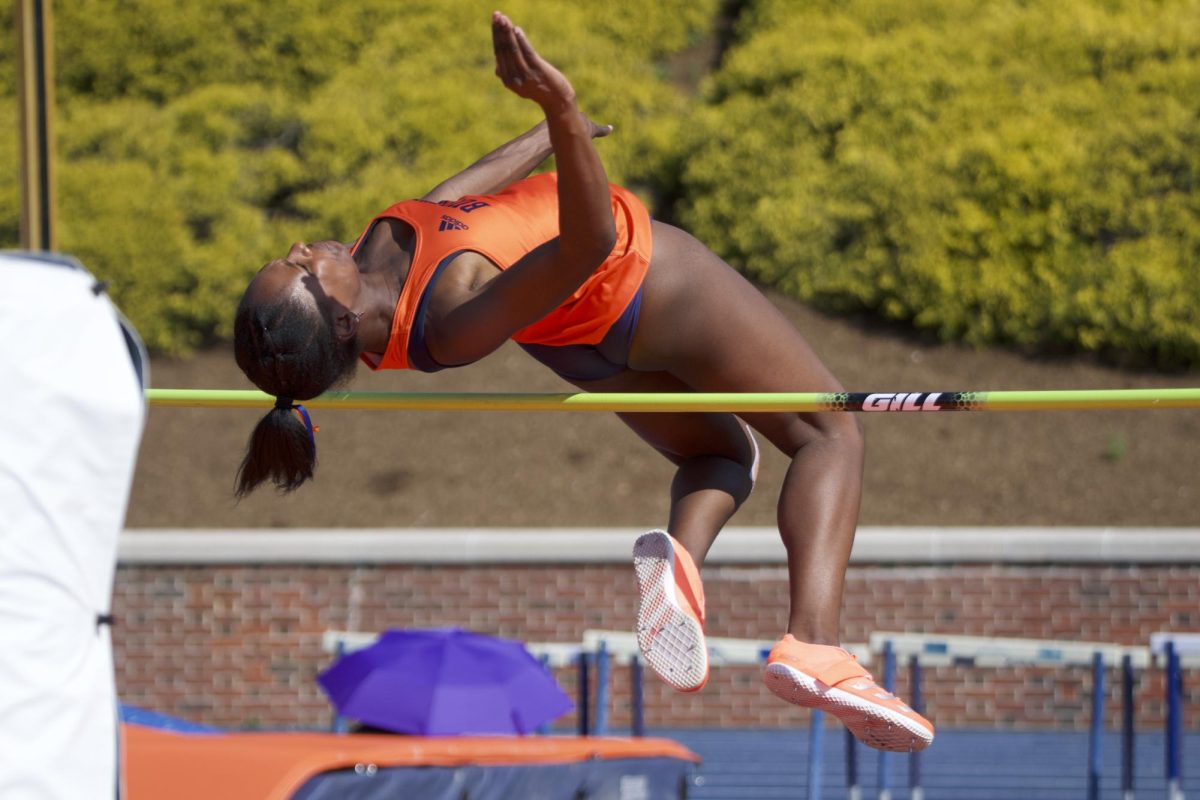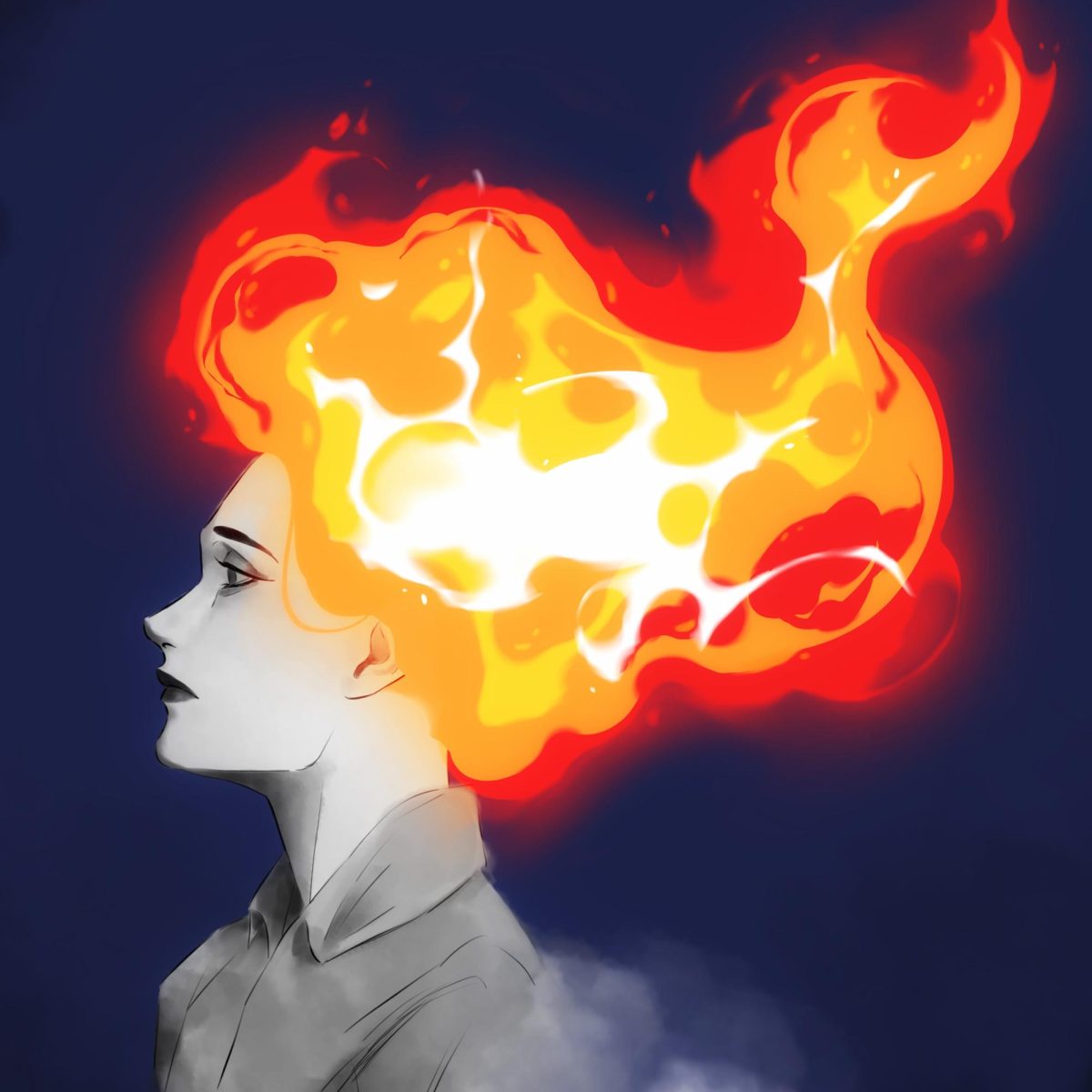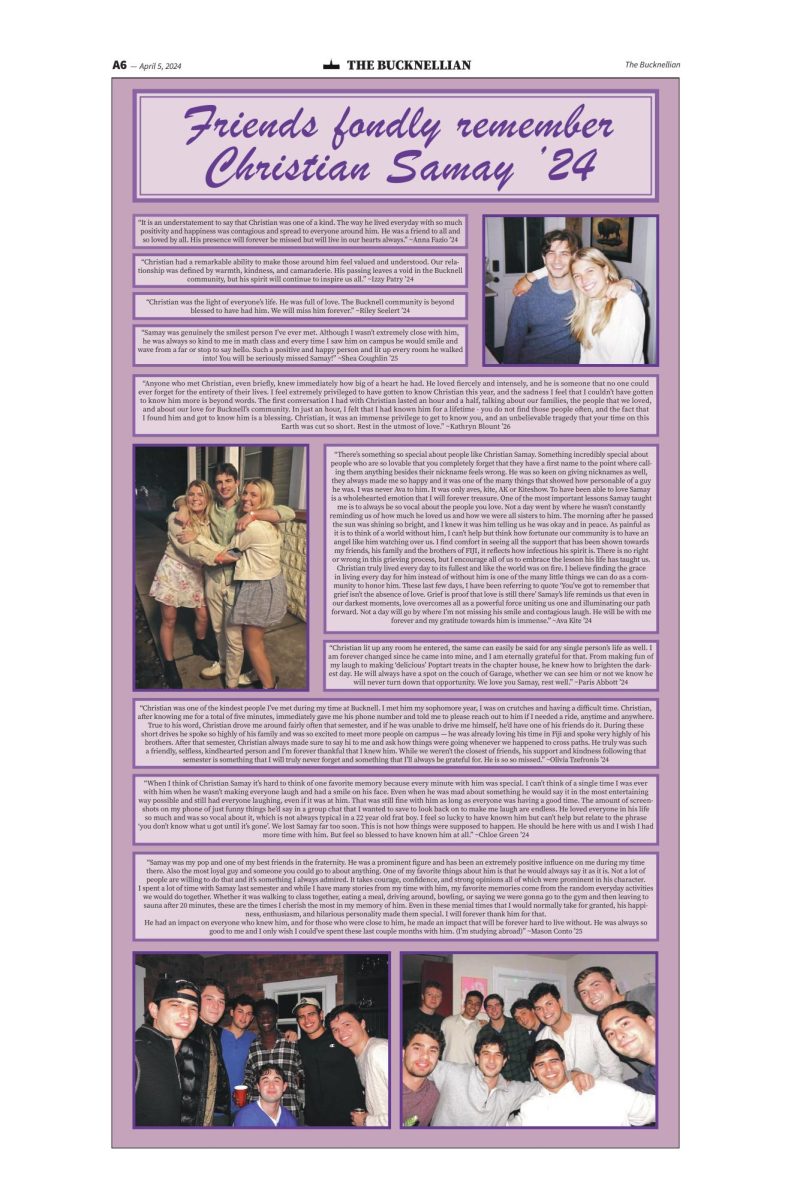Spike in alcohol related medical transports
December 5, 2014
Student alcohol-related hospital transports have increased 70 percent from Aug. 1-Dec. 1, 2013 to Aug. 1-Dec. 1, 2014. These dramatic increases have been influenced by the downtown ordinance, amnesty policy, and the new Student Code of Conduct. A majority of the transports have been first-year students.
Since the downtown ordinance was implemented, the frequency and size of parties have generally decreased. According to Chief of Public Safety Steve Barilar, this has contributed to the increase of pre-gaming and drinking in residence halls.
“We have residents in the rooms trying to go downtown, but they don’t get into anything and just go back to their rooms and drink,” said Nick Bartek ’17, a Residential Adviser (RA) for first-year students in Harris Hall.
The amnesty policy and the elimination of the point system are also likely factors. Students no longer risk facing sanctions if they call for help for others who are sickened by alcohol.
“Over 90 percent of the amnesty calls have been made by students calling about other students,” Barilar said.
While there is no set limit for the amount of times a student can be transported and use the amnesty policy, he or she can still be held accountable if repeated incidents occur. The severity of the punishment depends on the situation and can be moved externally to the Pennsylvania legal system on a case-by-case basis.
“Before, there probably should have been this amount of students transported, but now the elimination of the point system and the amnesty policy has allowed students to take care of their friends,” said Katie Long ’15, an RA for first-year students in Swartz Hall.
Out of the 56 hospital transports from the selected 2014 period, 33 were first-years. Comparatively, 10 of the 33 transports in 2013 were first-years.
“We generally look at the totality of what is happening … the main thing we are trying to do is change behaviors,” Barilar said.
Generally, fewer transports occur with increasing class year. In 2014, 12 transports were sophomores, seven were juniors and none were seniors. Unlike first-years, the number of transports for upperclassmen has mostly decreased in the past year. In 2013, 33 transports were sophomores, five were juniors, and three were seniors.
“Freshmen don’t know their limits and pregame extensively with hard alcohol. When you’re a senior, you casually drink beers with your friends,” Jon Mané ’15 said.
Since the downtown ordinance was implemented, 227 parties have been registered. Barilar noted that this is a significant decrease from previous years.
While Public Safety no longer patrols residence halls this school year, they still respond to notifications from students and RAs.
There is no definite explanation for this drastic increase in hospital transports, but it is apparent that recent changes implemented by the University have influenced the social and party culture of the student body.
